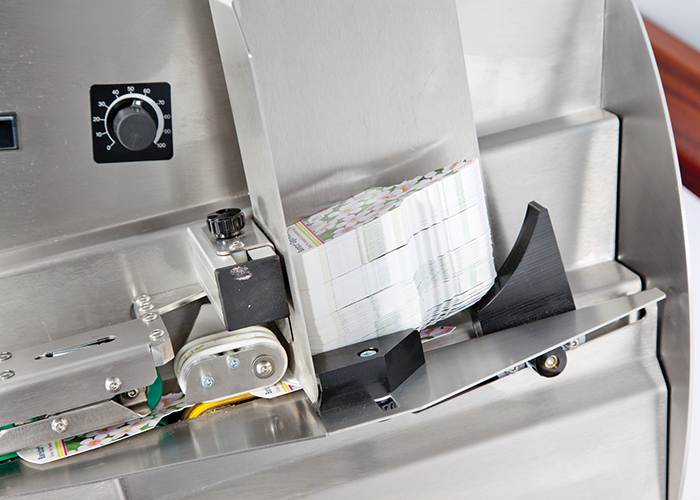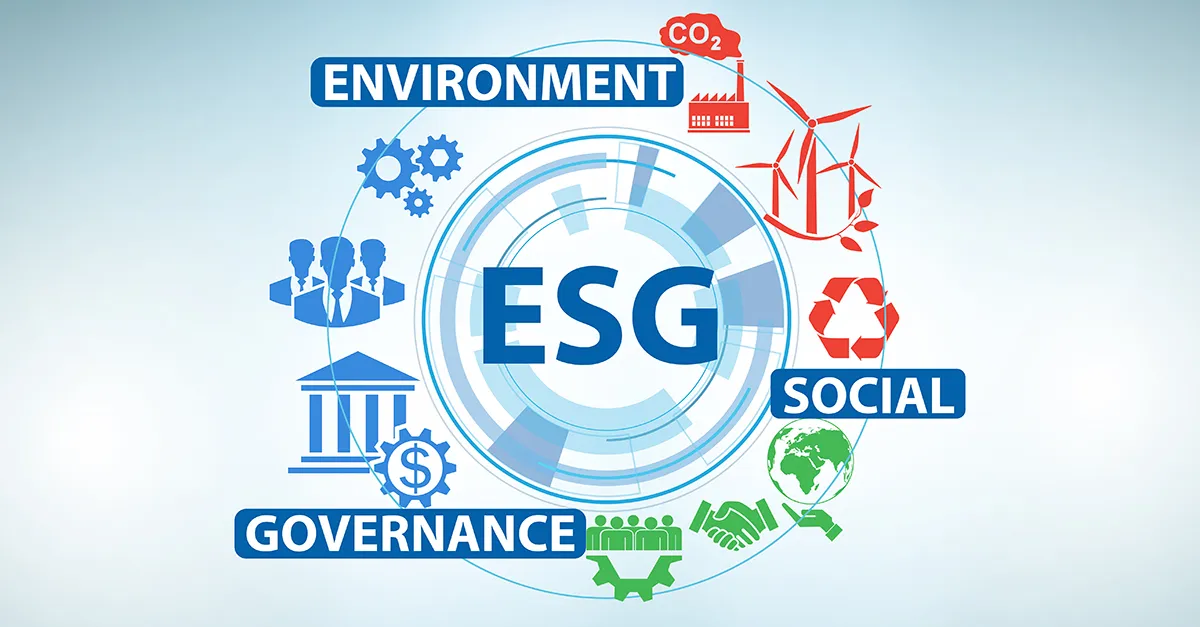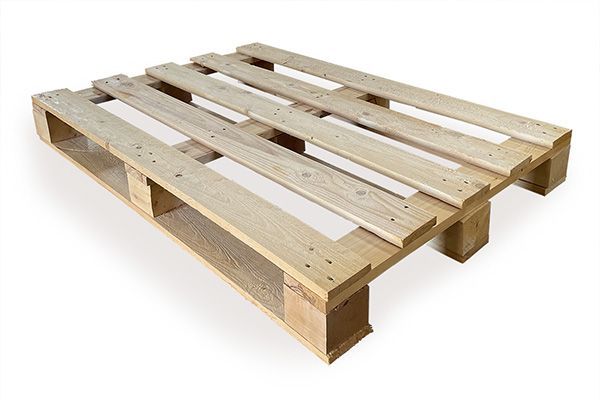
For thrill seekers and adventure enthusiasts, there are few things more exhilarating than exploring the great outdoors in a high-powered off-road vehicle. One of the most popular choices for such adventures is a RZR (Razor) – a versatile and rugged side-by-side ATV that can tackle all types of terrain with ease. If you're looking to unleash your adventurous spirit and experience the thrill of off-roading in a RZR, renting one for a day or weekend getaway is the perfect option. Here, we'll explore the exciting world of RZR rentals and the unforgettable experiences they offer. You can also browse around this site to explore more about RZR rental.
The Ultimate Off-Road Adventure
When you rent a RZR for an off-road adventure, you're not just getting a vehicle – you're embarking on a thrilling journey through rugged terrain, scenic landscapes, and adrenaline-pumping challenges. Here are some of the reasons why RZR rentals are the ultimate off-road adventure:
Unparalleled Performance
- RZRs are designed for off-road domination, with powerful engines, advanced suspension systems, and all-terrain capabilities that allow you to conquer any trail or obstacle.
- Experience the thrill of high-speed off-roading as you navigate through rocky surfaces, muddy tracks, sandy dunes, and steep inclines with ease.
Breathtaking Scenery
- Explore remote wilderness areas, scenic backcountry trails, and hidden gems that are only accessible by off-road vehicles like RZRs.
- Immerse yourself in nature's beauty as you traverse through forests, deserts, mountains, and rivers, witnessing stunning landscapes and wildlife along the way.
Challenging Terrain
- Test your off-road driving skills and push the limits of your RZR as you tackle challenging terrain features such as rock crawls, hill climbs, water crossings, and narrow trails.
- Feel the adrenaline rush as you navigate through technical obstacles and conquer nature's toughest challenges in a powerful and agile RZR.
Choosing the Right RZR Rental
When it comes to renting a RZR for your off-road adventure, there are a few key factors to consider to ensure you have the best experience possible. Here are some tips for choosing the right RZR rental:
Vehicle Selection
- Choose a RZR model that suits your skill level and off-road preferences, whether you're a beginner looking for a smooth ride or an experienced driver seeking a high-performance machine.
- Consider the number of passengers you'll be traveling with and select a RZR with enough seating capacity for your group.
Rental Duration
- Determine how long you want to rent the RZR for – whether it's a half-day, full-day, or multi-day rental – to make the most of your off-road adventure.
- Check the rental rates and policies to ensure they align with your budget and schedule, and inquire about any additional fees or charges that may apply.
Location and Trails
- Choose a reputable RZR rental company that offers a variety of trail options and scenic locations for your off-road adventure, ensuring a memorable and safe experience.
- Research the trail difficulty levels, terrain features, and amenities available along the route to plan your adventure accordingly and prepare for any challenges ahead.
Preparing for Your RZR Adventure
Before you hit the trails in your rented RZR, it's important to prepare yourself and your vehicle for a safe and enjoyable off-road adventure. Here are some essential tips for getting ready for your RZR rental experience:
Safety Gear
- Wear appropriate safety gear including a helmet, goggles, gloves, long-sleeved clothing, and sturdy shoes to protect yourself from potential hazards and ensure a safe ride.
- Bring a first aid kit, cell phone, GPS device, and other emergency supplies in case of accidents, breakdowns, or unexpected situations during your off-road adventure.
Vehicle Inspection
- Inspect the rented RZR before hitting the trails to check for any damages, mechanical issues, or safety concerns that need to be addressed by the rental company.
- Familiarize yourself with the RZR's controls, features, and safety precautions to operate the vehicle confidently and responsibly on challenging terrain.
Trail Etiquette
- Follow trail rules and regulations, respect wildlife and natural habitats, and stay on designated paths to minimize your environmental impact and preserve off-road opportunities for future adventurers.
- Practice responsible off-roading by avoiding reckless behavior, minimizing noise pollution, and respecting other trail users to ensure a positive and enjoyable experience for everyone.
With these tips in mind, you're ready to unleash your adventurous spirit and embark on an unforgettable off-road journey in a rented RZR. Whether you're seeking thrills, scenic views, or challenging terrain, a RZR rental experience is sure to satisfy your craving for adventure and create lasting memories of off-road excitement. So why wait? Rent a RZR today and let the adventure begin!








